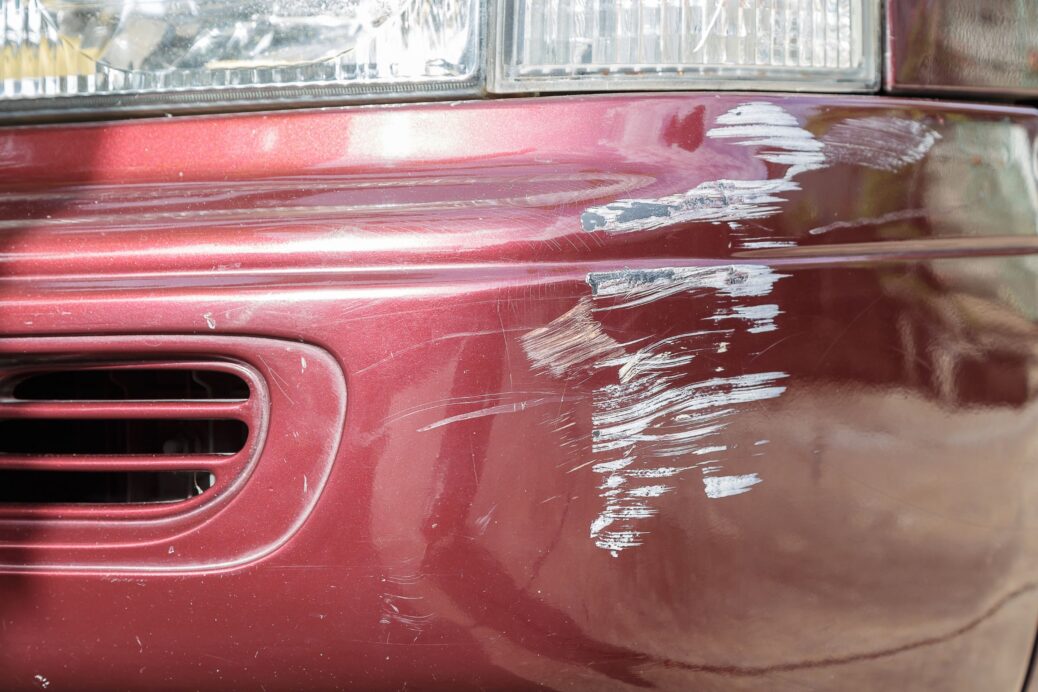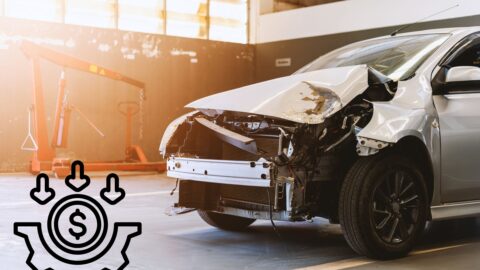There are various types of car scratches that can occur, each with their own severity and cause. It is important to understand these types and their significance, as well as the necessity of getting them fixed and inspected.
1. Clear-Coat Scratches
Clear-coat scratches refer to superficial damages that occur on the top layer of a car’s paintwork, known as the clear coat. These scratches are commonly caused by contact with rough surfaces, such as tree branches, brushes, or car wash equipment. Clear-coat scratches can create an unsightly appearance and if left unaddressed, they may lead to more severe paint damage over time.
To effectively address clear-coat scratches on a car’s paintwork, you can start by using a mild abrasive compound and a microfiber cloth. Firstly, ensure that the affected area is clean and dry. Then, apply a small amount of the mild abrasive compound onto the microfiber cloth. Gently rub the cloth over the scratch in a back-and-forth motion, applying light pressure. This will help blend the scratch with the surrounding area.
For minor scratches, this method should greatly reduce their visibility or even completely remove them. However, it’s important to note that more severe clear-coat scratches may require professional help. Deep scratches that penetrate the clear coat and expose the base paint or primer may necessitate advanced repair techniques and professional automotive paintwork.
By promptly attending to clear-coat scratches, you can maintain your car’s visual appeal and prevent further paint damage.
2. Paint Scratches
Paint scratches can be classified into different types, each with its own causes and severity. Understanding these types is crucial for determining the appropriate methods to fix them.
The first type of paint scratch is a minor surface scratch. This type of scratch is typically shallow and affects only the clear coat layer of the paint. It is often caused by activities such as parking lot mishaps, light contact with objects, or improper washing techniques. While minor surface scratches are generally not severe, they can still be noticeable and detract from the appearance of the vehicle.
To fix minor surface scratches, a paint correction compound can be used. This compound is specifically designed to remove scratches from the clear coat layer. By gently rubbing the compound onto the scratched area, it helps to smooth out and restore the damaged paint surface.
The second type of paint scratch is a deeper scratch that penetrates the paint layers. These scratches are more severe and can expose the underlying primer or even the bare metal. Deep scratches can be caused by more substantial impact, such as a collision with a hard object or brushing against sharp edges.
Fixing deeper scratches requires a touch-up paint job. This involves carefully applying matching paint to the damaged area to fill in the scratch. The process may also include sanding and polishing to blend the new paint with the surrounding area. Touch-up paint kits are available in different colors and can be purchased from automotive stores or online retailers.
It is important to note that while the above methods can effectively fix paint scratches, they may not be suitable for scratches on glass surfaces. Glass scratches require specialized techniques and materials, such as glass polishing compounds, to achieve proper restoration.
It is essential to use the appropriate methods for each type of scratch to achieve satisfactory results.
3. Primer Scratches
Primer scratches refer to deep and destructive scratches that penetrate through the protective layer of primer on a surface, exposing the underlying metal. These scratches are considered the most damaging as they provide a direct pathway for moisture, dirt, and other corrosive elements to reach the metal, leading to rust formation.
When primer scratches occur, immediate attention is required to prevent further damage and rusting. If left untreated, the rust can spread rapidly and compromise the structural integrity of the metal. Rust is not only unsightly but also weakens the metal surface, making it more prone to breakage or failure over time.
Due to their depth and potential for extensive damage, professional intervention is necessary to effectively address primer scratches. Professionals possess the expertise and necessary tools to properly treat such scratches, ensuring that the exposed metal is adequately protected against rust formation. They have access to high-quality paint products formulated specifically for automotive or industrial use, which provide long-lasting protection and prevent further corrosion.
Due to their depth and potential for extensive damage, seeking professional intervention is crucial for proper treatment and the long-term protection of the metal.
How to Fix It
Car scratches can be a frustrating sight for any car owner. While there are several DIY solutions available to fix car scratches, it is vital to understand the importance of getting it done professionally by experts at Northeast Collision.
Our skilled technicians have the expertise and knowledge to ensure a flawless finish and long-lasting results. We use top-quality products and techniques, guaranteeing customer satisfaction. Save yourself the hassle and rely on the professionals at Northeast Collision for all your car scratch repair needs.






